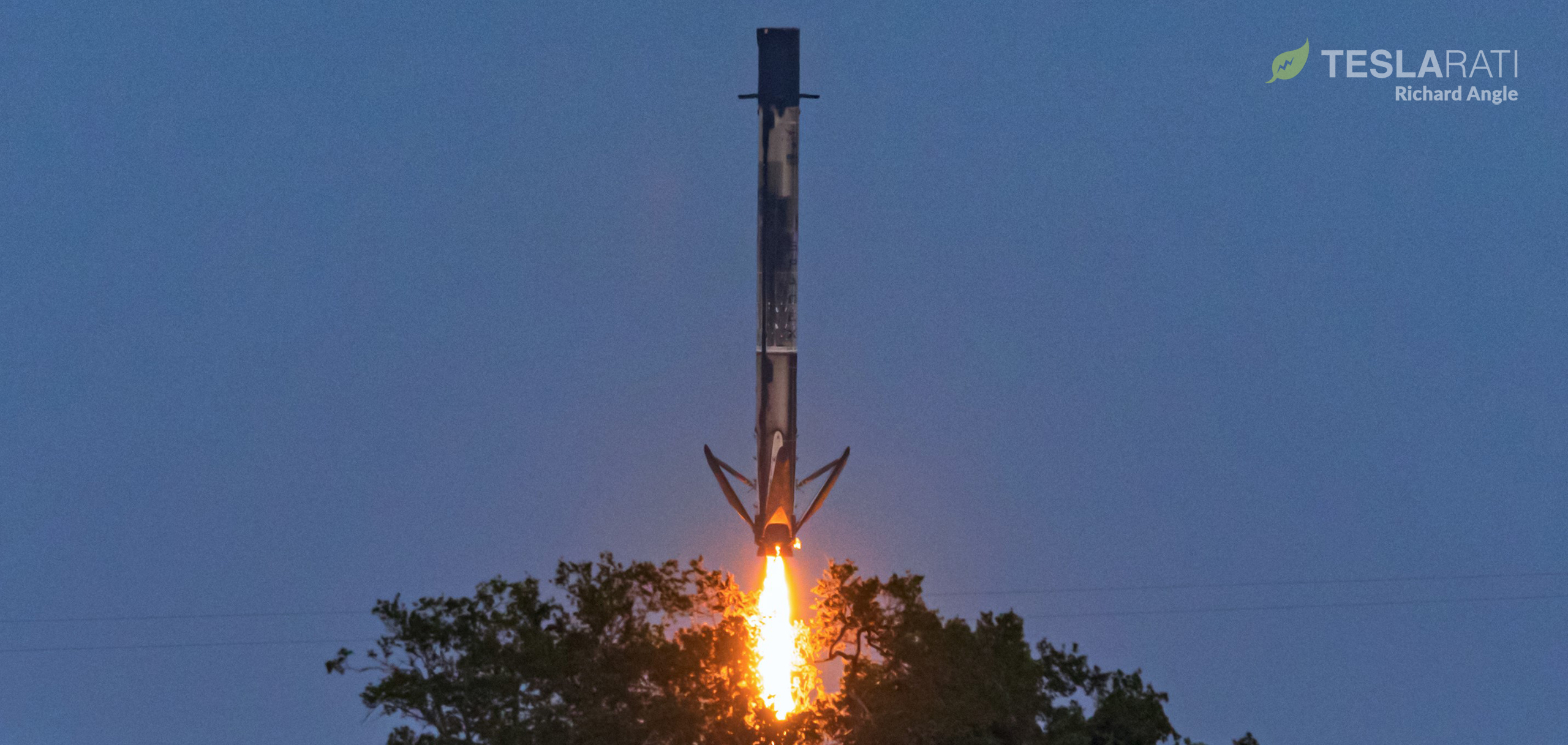

News
SpaceX changes the game with 100th rocket launch
Ending exactly five months of delays, SpaceX has completed the first polar launch from Florida in more than half a century, potentially changing the game for the US launch industry.
Coincidentally SpaceX’s 100th launch ever, the SAOCOM 1B mission’s success could significantly redefine what current and future US launch providers are able to achieve with a single launch pad. To pull it off, SpaceX managed to thread the needle between Florida storm cells, avoiding the same fate as the Starlink-11 mission that was scrubbed by inclement weather earlier today. Prior to that delay, SpaceX was targeting – and, based on past performance, would have likely achieved – two orbital Falcon 9 launches and landings in less than ten hours, what would have easily been the quickest back-to-back commercial missions in history.
At 7:18 pm EDT (UTC-4), Falcon 9 booster B1059 lifted off from Cape Canaveral Air Force Station (CCAFS) Launch Complex 40 (LC-40) for the fourth time in nine months. The rocket performed perfectly, sending an expendable Falcon 9 second stage (S2), a payload fairing, SAOCOM 1B, and two rideshare payloads on their way to orbit. Eight minutes after launch and roughly six minutes after stage separate, B1059 successfully returned to SpaceX’s Cape Canaveral Landing Zone (LZ-1) for a soft landing, becoming the first booster to do so in almost six months.
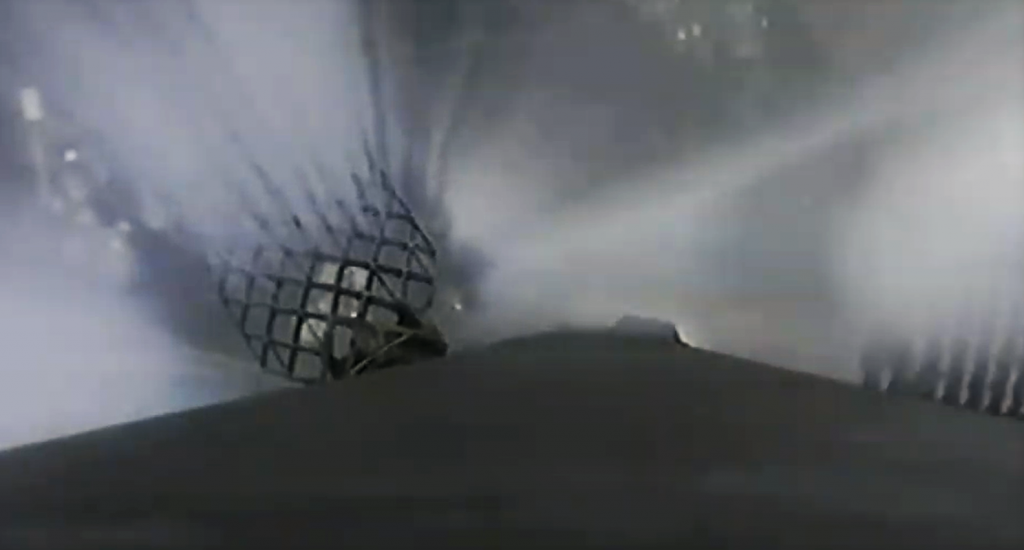
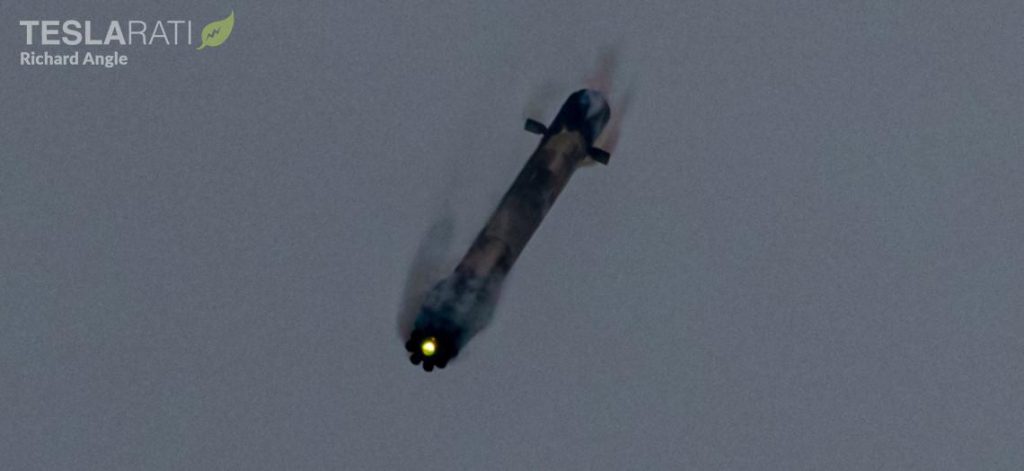
A brisk four minutes after Falcon 9’s first second stage engine cut-off (SECO) and orbital insertion, the rocket gently deployed the ~3000 kg (~6600 lb) SAOCOM 1B satellite. The Argentinian spacecraft extended its own solar arrays and began generating power just a few minutes later.
More than an hour after launch, rideshare payloads GNOMES-1 and Tyvak-0172 deployed as planned, officially completing the Falcon family’s 93rd fully-successful launch. Falcon 9 B1059’s fourth landing was also SpaceX’s 58th since the first successful booster recovery in December 2015.
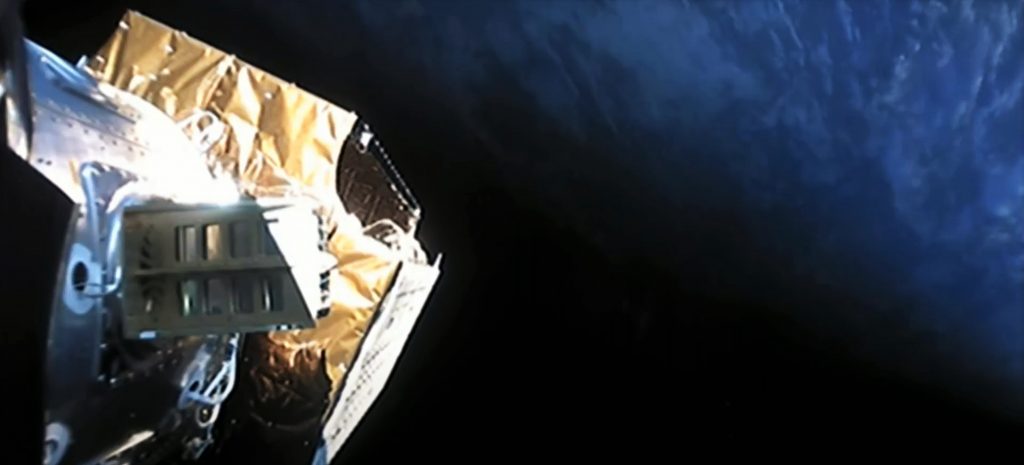
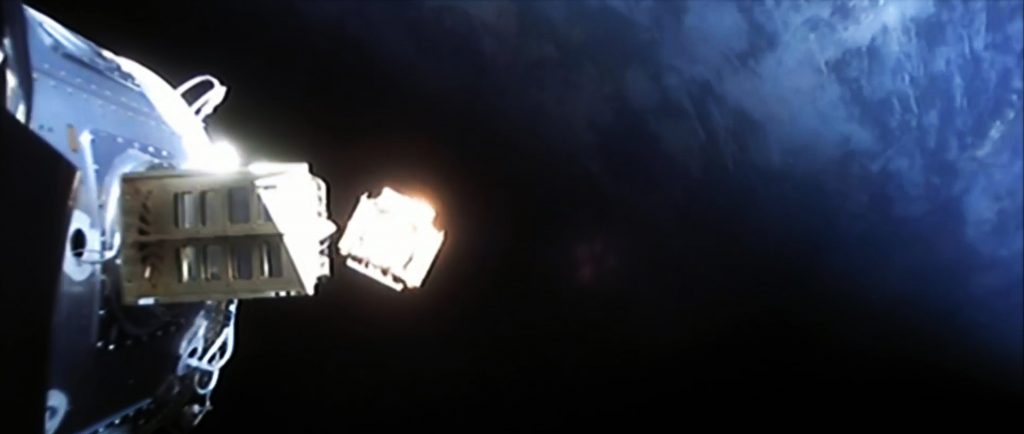
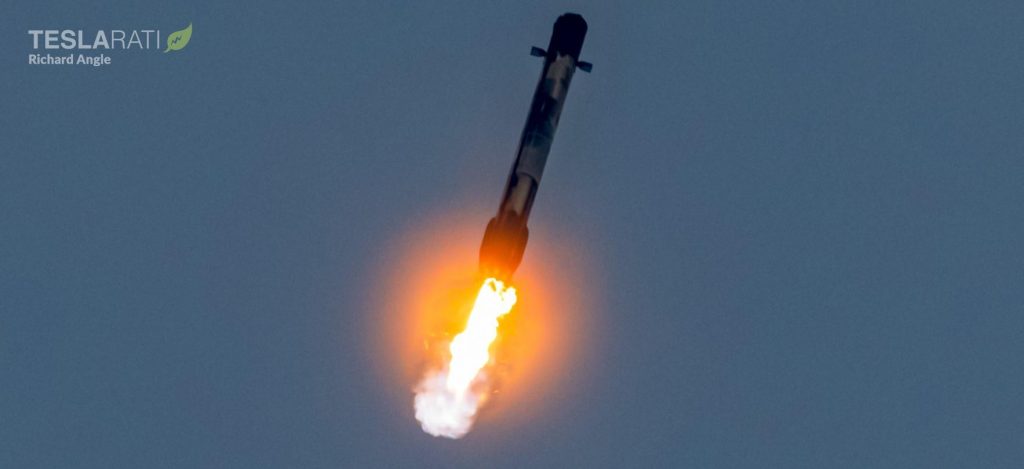
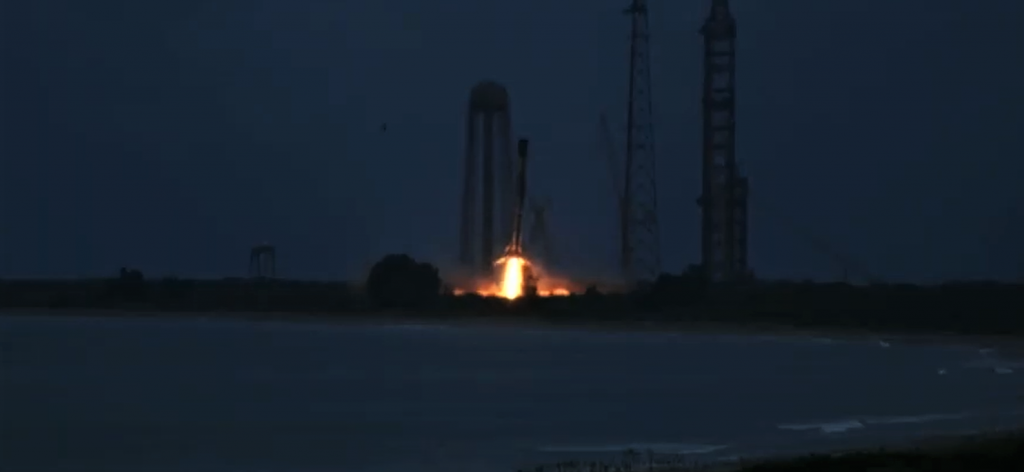
While an otherwise routine and unexceptional mission, SpaceX has now proven that it’s possible for commercial launch providers to fly to polar orbits – orbits centered around Earth’s poles – from the East Coast. Since 1969, Cape Canaveral (and, far less often, Virginia’s Wallops) launch facilities have offered access to low Earth orbits, geostationary orbits, medium Earth orbits, lunar orbits, and interplanetary trajectories – just shy of anything but polar or sun synchronous orbit (SSO). To reach those orbits, launch providers have traditionally built entirely separate launch facilities on the US West Coast, mostly limited to California’s Vandenberg Air Force Base (VAFB) or, much less often, Kodiak, Alaska.
Building launch pads from scratch – or even reusing portions of old pads – is an extremely expensive and time-consuming endeavor, often taking at least 12-24 months and tens to hundreds of millions of dollars. Blue Origin, for reference, is likely spending $500 million to $1 billion or more to build a Falcon Heavy-class launch pad from scratch for its first orbital rocket, New Glenn. While much smaller rockets from startups like Firefly and Relativity need proportionally smaller and cheaper launch pads, pad construction still end ups being a major expense and hurdle for new entrants. Both Firefly and Relativity have already publicized plans to build two separate launch facilities at Vandenberg and Cape Canaveral.
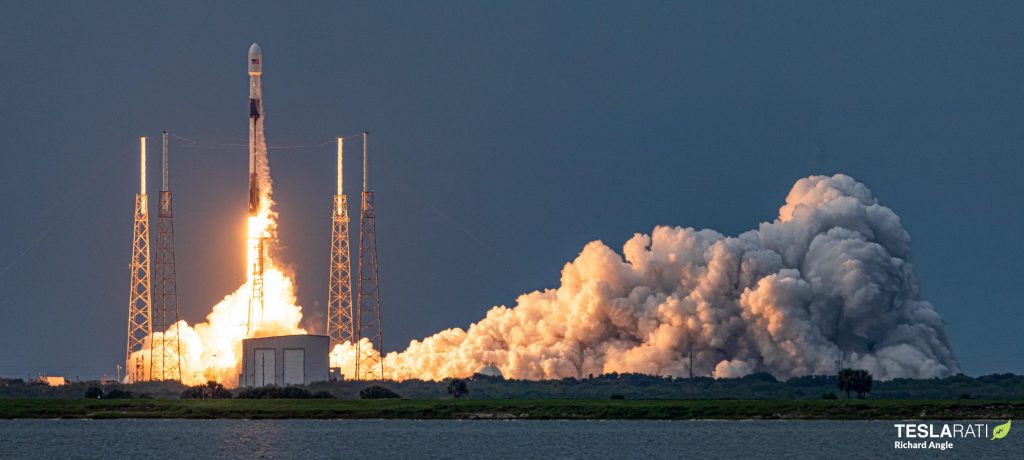
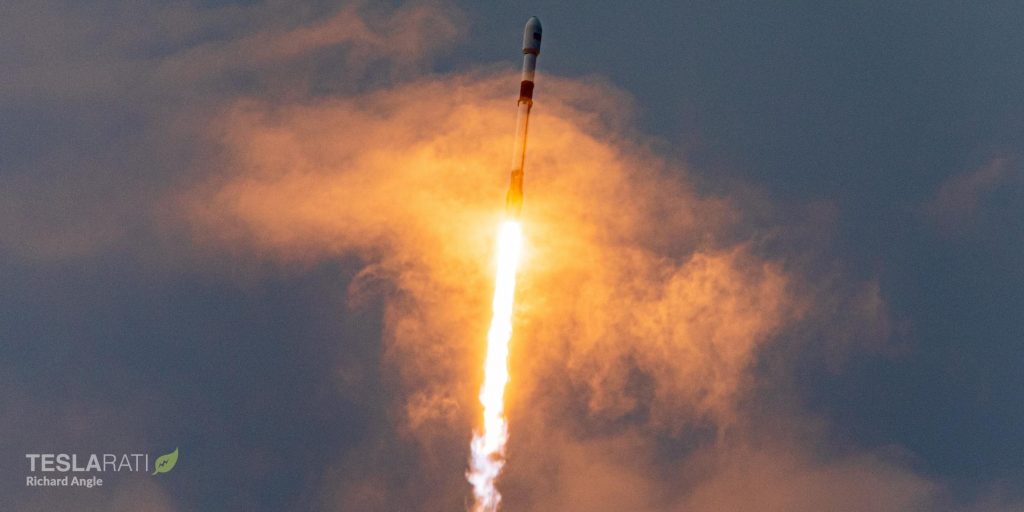
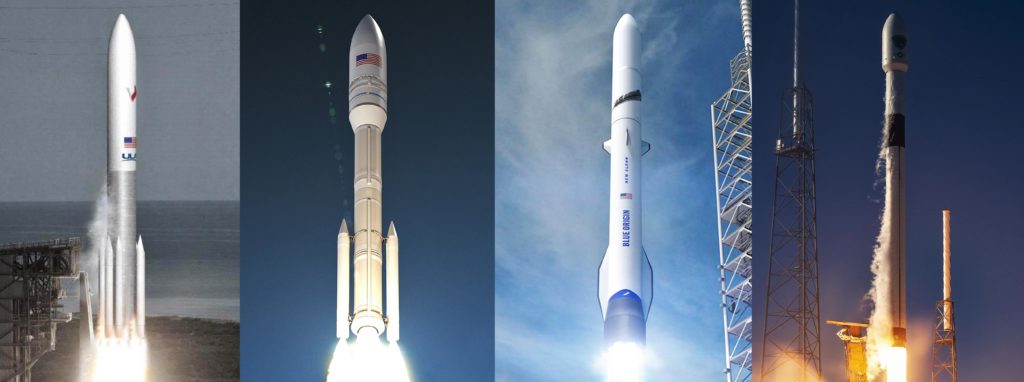
Now, given enough excess performance for any given payload, it may well be possible for companies like them – particularly Relativity – to move directly to Florida without having to sacrifice polar and SSO launch capabilities that are most commonly used by small satellites. For Blue Origin, it could potentially save the company years of work and hundreds of millions of dollars if it can avoid having to build a second New Glenn launch pad in California. ULA has already expressed interest in exploring East Coast polar launches for its next-generation Vulcan Centaur rocket, potentially preventing the need for expensive changes to one of its California launch pads.
It remains to be seen if the US military will ultimately certify the new Eastern polar launch corridor for its high-value payloads and it’s unclear if the new corridor has any major inclination or cadence restrictions, but it’s safe to say that existing providers are going to eagerly take advantage of this new capability.
Check out Teslarati’s Marketplace! We offer Tesla accessories, including for the Tesla Cybertruck and Tesla Model 3.
News
Tesla launches in India with Model Y, showing pricing will be biggest challenge
Tesla finally got its Model Y launched in India, but it will surely come at a price for consumers.

Tesla has officially launched in India following years of delays, as it brought its Model Y to the market for the first time on Tuesday.
However, the launch showed that pricing is going to be its biggest challenge. The all-electric Model Y is priced significantly higher than in other major markets in which Tesla operates.
On Tuesday, Tesla’s Model Y went up for sale for 59,89,000 rupees for the Rear-Wheel Drive configuration, while the Long Range Rear-Wheel Drive was priced at 67,89,000.
This equates to $69,686 for the RWD and $78,994 for the Long Range RWD, a substantial markup compared to what these cars sell for in the United States.
🚨 Here’s the difference in price for the Tesla Model Y in the U.S. compared to India.
🚨 59,89,000 is $69,686
🚨 67,89,000 is $78,994 pic.twitter.com/7EUzyWLcED— TESLARATI (@Teslarati) July 15, 2025
Deliveries are currently scheduled for the third quarter, and it will be interesting to see how many units they can sell in the market at this price point.
The price includes tariffs and additional fees that are applied by the Indian government, which has aimed to work with foreign automakers to come to terms on lower duties that increase vehicle cost.
Tesla Model Y seen testing under wraps in India ahead of launch
There is a chance that these duties will be removed, which would create a more stable and affordable pricing model for Tesla in the future. President Trump and Indian Prime Minister Narendra Modi continue to iron out those details.
Maharashtra Chief Minister Devendra Fadnavis said to reporters outside the company’s new outlet in the region (via Reuters):
“In the future, we wish to see R&D and manufacturing done in India, and I am sure at an appropriate stage, Tesla will think about it.”
It appears to be eerily similar to the same “game of chicken” Tesla played with Indian government officials for the past few years. Tesla has always wanted to enter India, but was unable to do so due to these import duties.
India wanted Tesla to commit to building a Gigafactory in the country, but Tesla wanted to test demand first.
It seems this could be that demand test, and the duties are going to have a significant impact on what demand will actually be.
Elon Musk
Tesla ups Robotaxi fare price to another comical figure with service area expansion
Tesla upped its fare price for a Robotaxi ride from $4.20 to, you guessed it, $6.90.

Tesla has upped its fare price for the Robotaxi platform in Austin for the first time since its launch on June 22. The increase came on the same day that Tesla expanded its Service Area for the Robotaxi ride-hailing service, offering rides to a broader portion of the city.
The price is up from $4.20, a figure that many Tesla fans will find amusing, considering CEO Elon Musk has used that number, as well as ’69,’ as a light-hearted attempt at comedy over the past several years.
Musk confirmed yesterday that Tesla would up the price per ride from that $4.20 point to $6.90. Are we really surprised that is what the company decided on, as the expansion of the Service Area also took effect on Monday?
But the price is now a princely $6.90, as foretold in the prophecy 😂
— Elon Musk (@elonmusk) July 14, 2025
The Service Area expansion was also somewhat of a joke too, especially considering the shape of the new region where the driverless service can travel.
I wrote yesterday about how it might be funny, but in reality, it is more of a message to competitors that Tesla can expand in Austin wherever it wants at any time.
Tesla’s Robotaxi expansion wasn’t a joke, it was a warning to competitors
It was only a matter of time before the Robotaxi platform would subject riders to a higher, flat fee for a ride. This is primarily due to two reasons: the size of the access program is increasing, and, more importantly, the service area is expanding in size.
Tesla has already surpassed Waymo in Austin in terms of its service area, which is roughly five square miles larger. Waymo launched driverless rides to the public back in March, while Tesla’s just became available to a small group in June. Tesla has already expanded it, allowing new members to hail a ride from a driverless Model Y nearly every day.
The Robotaxi app is also becoming more robust as Tesla is adding new features with updates. It has already been updated on two occasions, with the most recent improvements being rolled out yesterday.
Tesla updates Robotaxi app with several big changes, including wider service area
News
Tesla Model Y and Model 3 dominate U.S. EV sales despite headwinds
Tesla’s two mainstream vehicles accounted for more than 40% of all EVs sold in the United States in Q2 2025.

Tesla’s Model Y and Model 3 remained the top-selling electric vehicles in the U.S. during Q2 2025, even as the broader EV market dipped 6.3% year-over-year.
The Model Y logged 86,120 units sold, followed by the Model 3 at 48,803. This means that Tesla’s two mainstream vehicles accounted for 43% of all EVs sold in the United States during the second quarter, as per data from Cox Automotive.
Tesla leads amid tax credit uncertainty and a tough first half
Tesla’s performance in Q2 is notable given a series of hurdles earlier in the year. The company temporarily paused Model Y deliveries in Q1 as it transitioned to the production of the new Model Y, and its retail presence was hit by protests and vandalism tied to political backlash against CEO Elon Musk. The fallout carried into Q2, yet Tesla’s two mass-market vehicles still outsold the next eight EVs combined.
Q2 marked just the third-ever YoY decline in quarterly EV sales, totaling 310,839 units. Electric vehicle sales, however, were still up 4.9% from Q1 and reached a record 607,089 units in the first half of 2025. Analysts also expect a surge in Q3 as buyers rush to qualify for federal EV tax credits before they expire on October 1, Cox Automotive noted in a post.
Legacy rivals gain ground, but Tesla holds its commanding lead
General Motors more than doubled its EV volume in the first half of 2025, selling over 78,000 units and boosting its EV market share to 12.9%. Chevrolet became the second-best-selling EV brand, pushing GM past Ford and Hyundai. Tesla, however, still retained a commanding 44.7% electric vehicle market share despite a 12% drop in in Q2 revenue, following a decline of almost 9% in Q1.
Incentives reached record highs in Q2, averaging 14.8% of transaction prices, roughly $8,500 per vehicle. As government support winds down, the used EV market is also gaining momentum, with over 100,000 used EVs sold in Q2.
Q2 2025 Kelley Blue Book EV Sales Report by Simon Alvarez on Scribd
-

 Elon Musk2 weeks ago
Elon Musk2 weeks agoTesla investors will be shocked by Jim Cramer’s latest assessment
-

 News3 days ago
News3 days agoTesla debuts hands-free Grok AI with update 2025.26: What you need to know
-

 Elon Musk1 week ago
Elon Musk1 week agoElon Musk confirms Grok 4 launch on July 9 with livestream event
-

 Elon Musk5 days ago
Elon Musk5 days agoxAI launches Grok 4 with new $300/month SuperGrok Heavy subscription
-

 News2 weeks ago
News2 weeks agoTesla Model 3 ranks as the safest new car in Europe for 2025, per Euro NCAP tests
-

 Elon Musk2 weeks ago
Elon Musk2 weeks agoxAI’s Memphis data center receives air permit despite community criticism
-

 News5 days ago
News5 days agoTesla begins Robotaxi certification push in Arizona: report
-

 Elon Musk2 weeks ago
Elon Musk2 weeks agoTesla scrambles after Musk sidekick exit, CEO takes over sales















